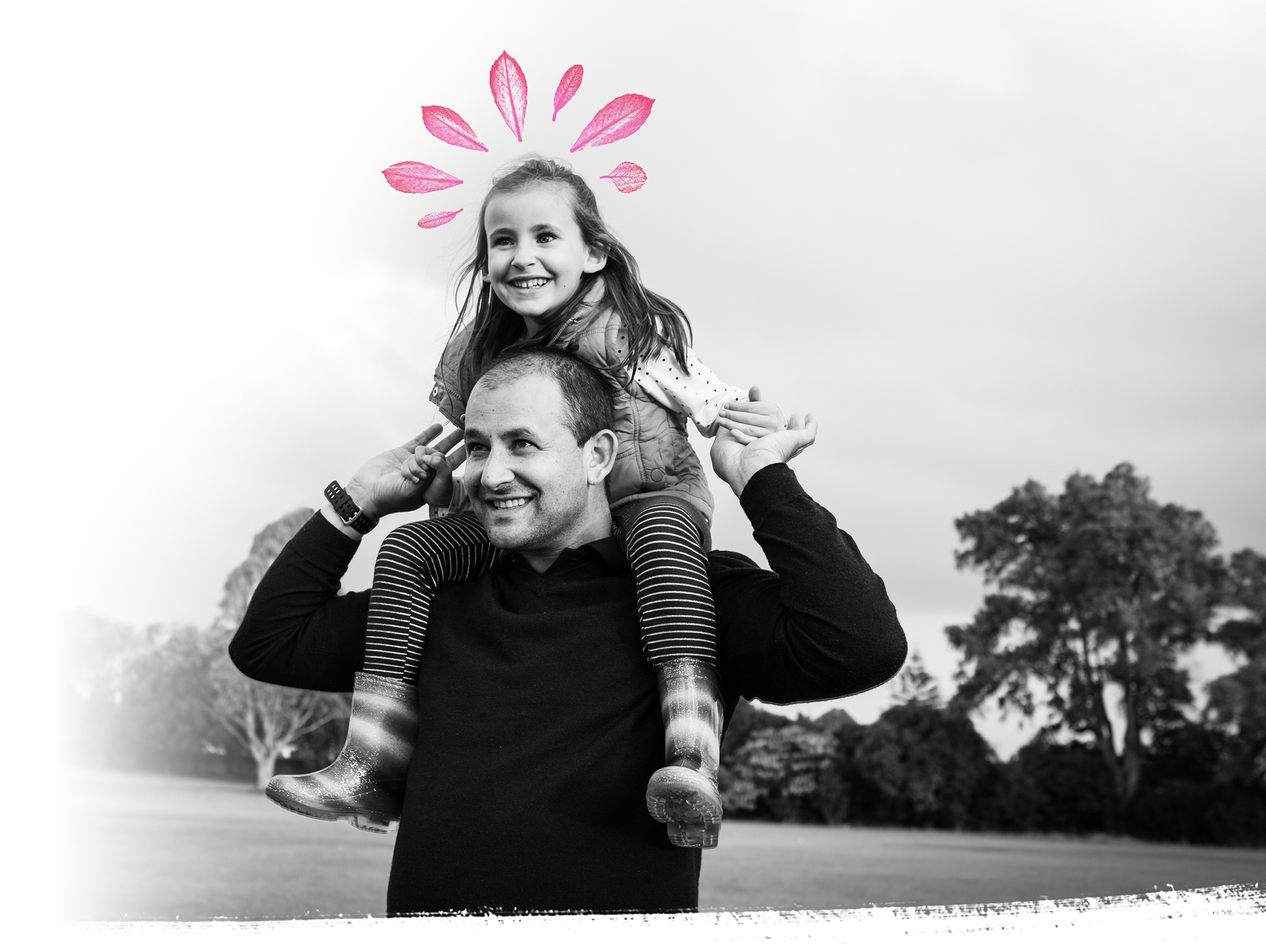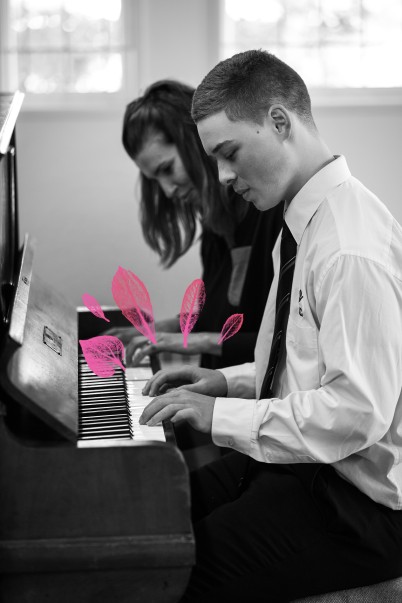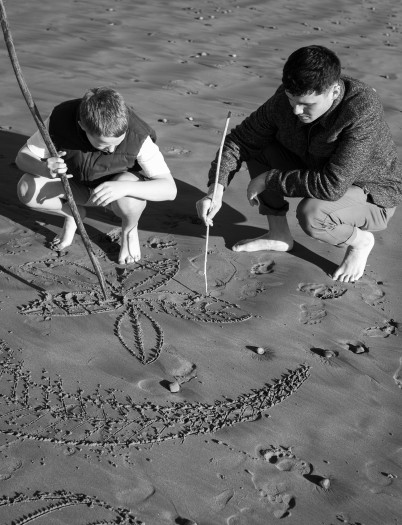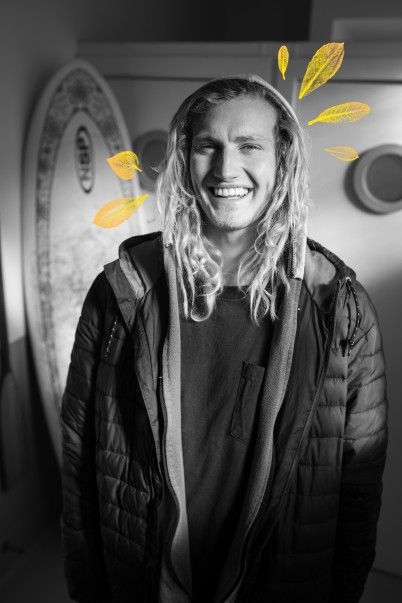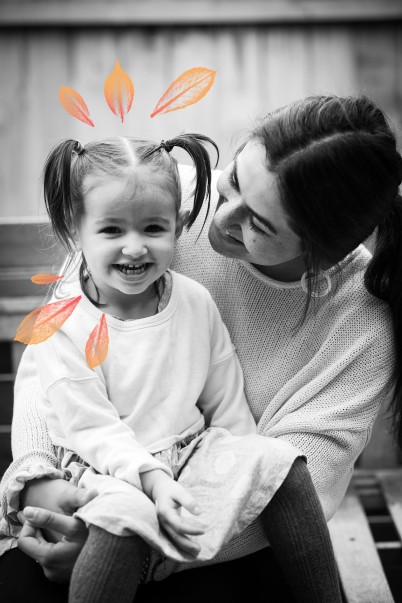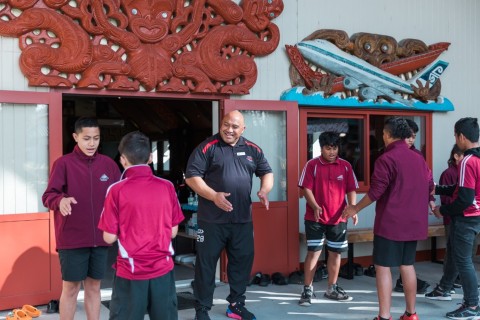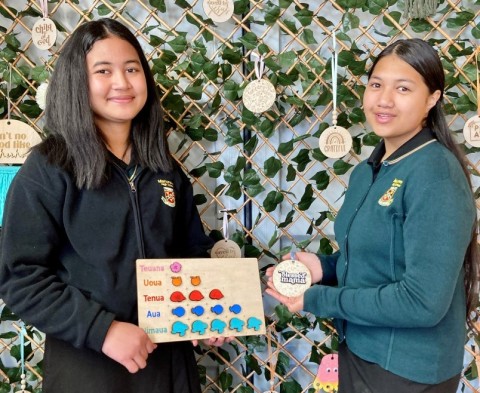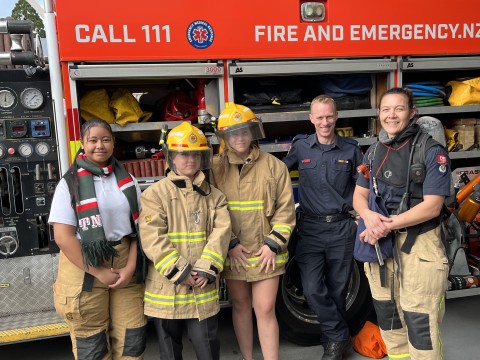Marae connects with local ākonga through physical activity
Papakura Marae offers 51 community services, including a GP clinic, weekly community dinners, and driving lessons. Now, through a growing collaboration with the Healthy Active Learning team at CLM Community Sport, the urban marae is using the draw of physical activity to connect with schools in the area in new ways.
